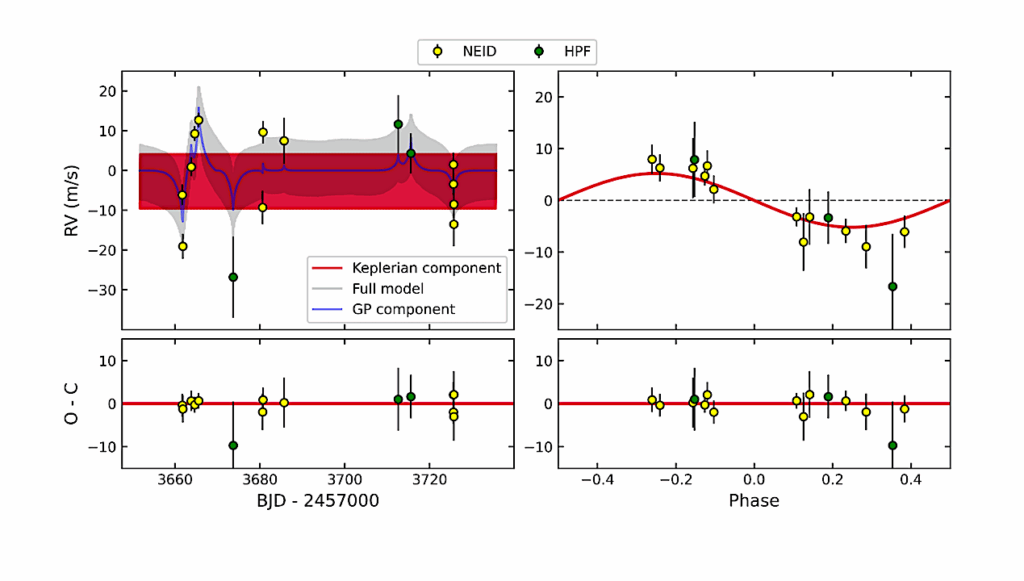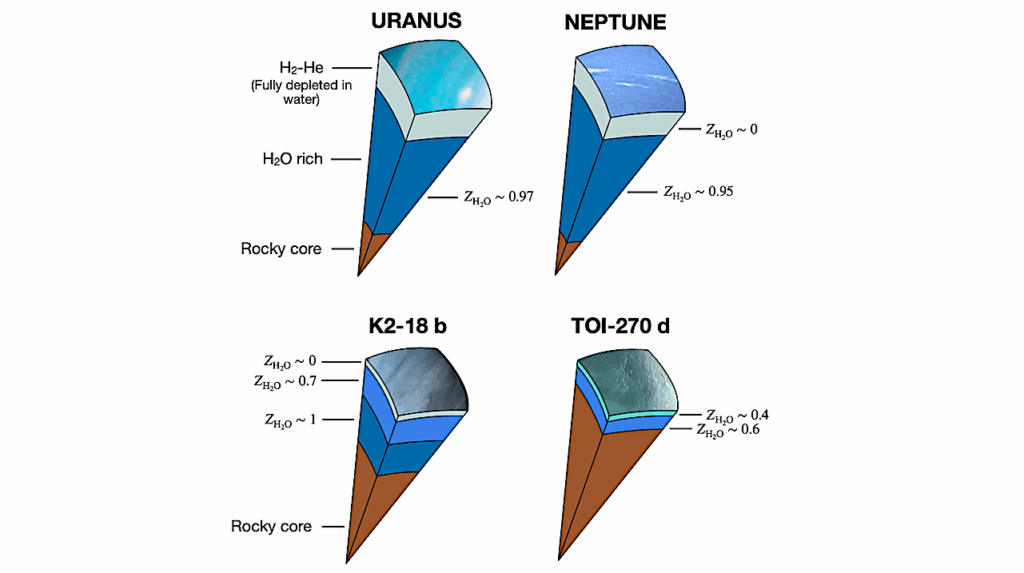Around Which Stars Can TESS Detect Earth-like Planets? The Revised TESS Habitable Zone Catalog

In the search for life in the cosmos, NASA’s Transiting Exoplanet Survey Satellite (TESS) mission has already monitored about 74% of the sky for transiting extrasolar planets, including potentially habitable worlds.
However, TESS only observed a fraction of the stars long enough to be able to find planets like Earth. We use the primary mission data – the first two years of observations – and identify 4,239 stars within 210pc that TESS observed long enough to see 3 transits of an exoplanet that receives similar irradiation to Earth: 738 of these stars are located within 30pc. We provide reliable stellar parameters from the TESS Input Catalog that incorporates Gaia DR2 and also calculate the transit depth and radial velocity semi-amplitude for an Earth-analog planet. Of the 4,239 stars in the Revised TESS HZ Catalog, 9 are known exoplanet hosts – GJ 1061, GJ 1132, GJ 3512, GJ 685, Kepler-42, LHS 1815, L98-59, RR Cae, TOI 700 – around which TESS could identify additional Earth-like planetary companions. 37 additional stars host yet unconfirmed TESS Objects of Interest: three of these orbit in the habitable zone – TOI 203, TOI 715, and TOI 2298.
For a subset of 614 of the 4,239 stars, TESS has observed the star long enough to be able to observe planets throughout the full temperate, habitable zone out to the equivalent of Mars’ orbit. Thus, the Revised TESS Habitable Zone Catalog provides a tool for observers to prioritize stars for follow-up observation to discover life in the cosmos. These stars are the best path towards the discovery of habitable planets using the TESS mission data.
L. Kaltenegger, J. Pepper, P. M. Christodoulou, K. Stassun, S. Quinn, C. Burke
Comments: 12 pages, 3 figures, 6 tables, accepted ApJ
Subjects: Earth and Planetary Astrophysics (astro-ph.EP); Instrumentation and Methods for Astrophysics (astro-ph.IM); Solar and Stellar Astrophysics (astro-ph.SR)
Cite as: arXiv:2101.07898 [astro-ph.EP] (or arXiv:2101.07898v1 [astro-ph.EP] for this version)
Submission history
From: Lisa Kaltenegger
[v1] Tue, 19 Jan 2021 23:38:54 UTC (762 KB)
https://arxiv.org/abs/2101.07898
Astrobiology,








